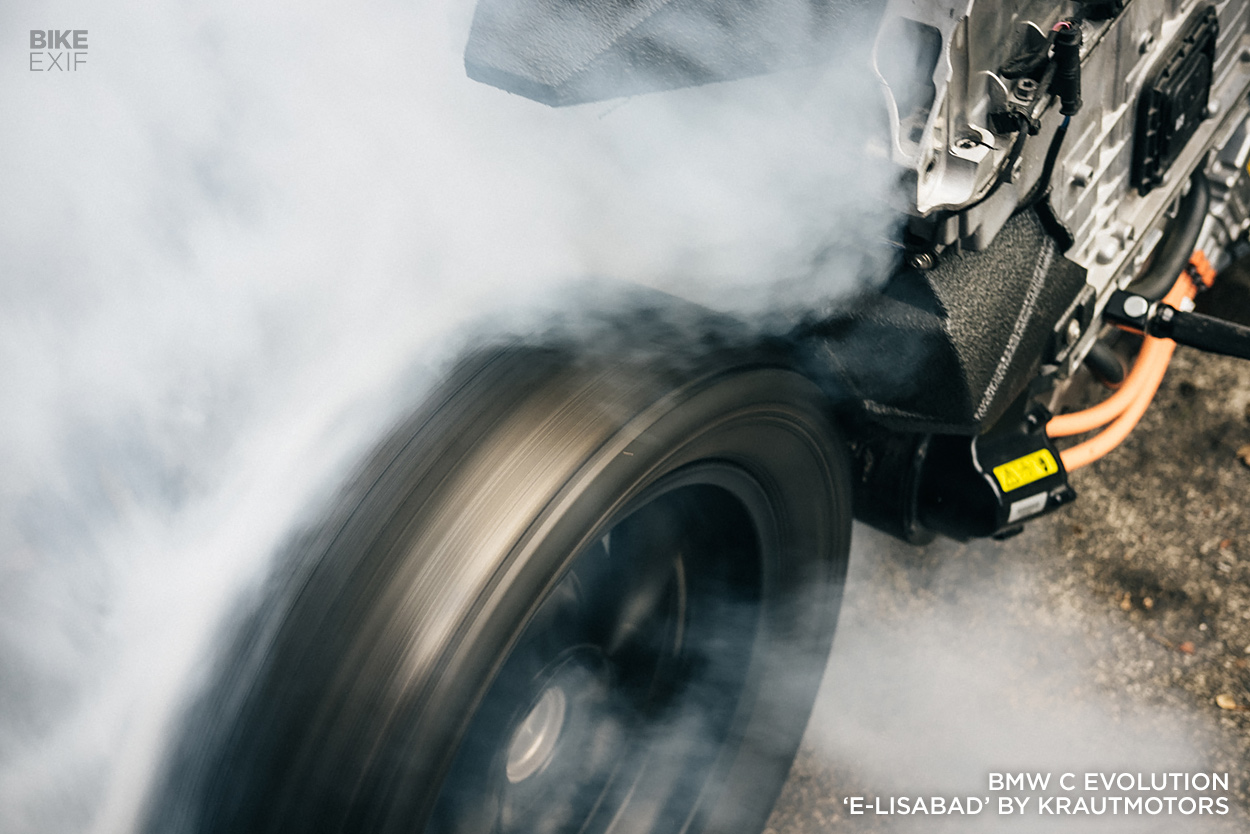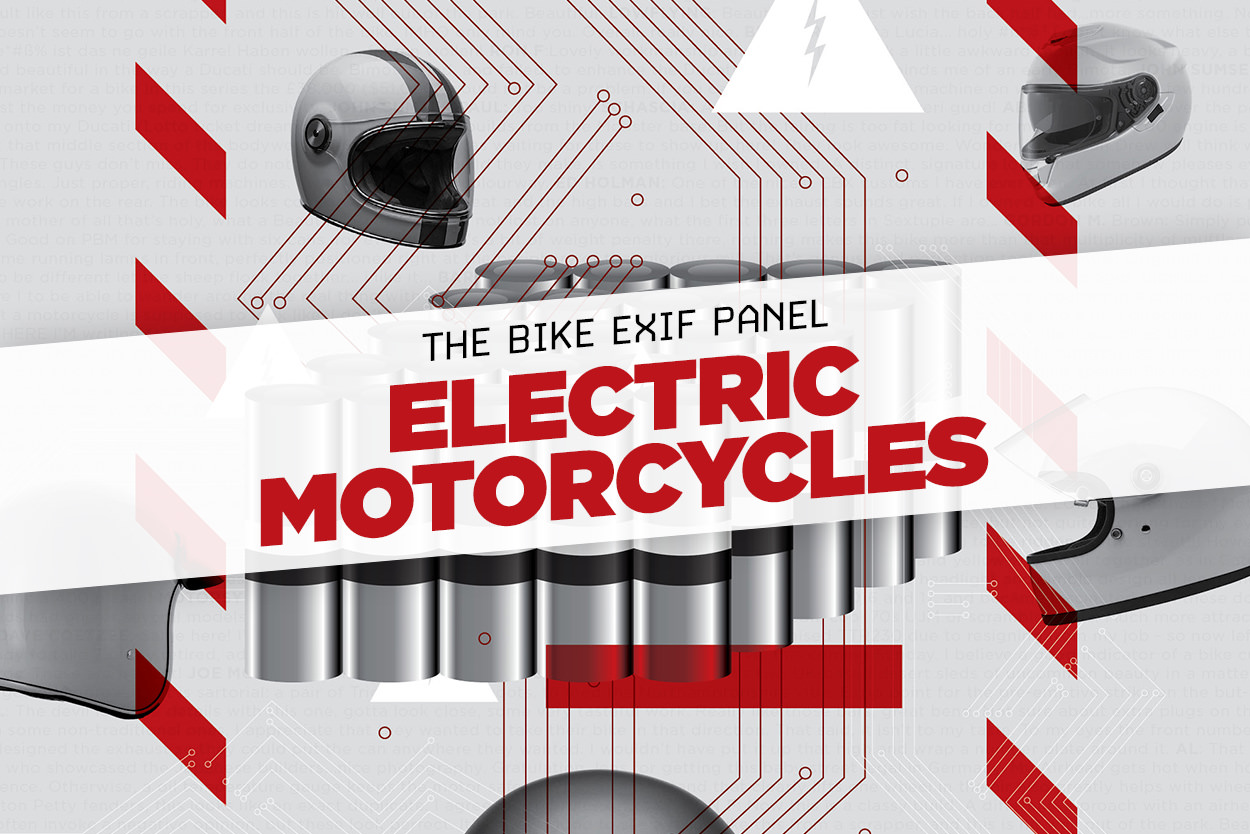
We’re beyond debating whether or not the future of personal transportation is electric. Government bans on internal combustion engines are no longer decades-away concepts; they’re right around the corner. Harley-Davidson spun off its electric future into an entirely separate company, BMW recently released a slew of intriguing concepts, Husqvarna is teasing a number of battery-powered vehicles, and Triumph and Kawasaki both have concepts in the pipeline.
It’s a watershed moment for the electric motorcycle industry, and, by extension, the motorcycle industry at large. And it’s a moment worth taking a snapshot of—so we rounded up a handful of experts in this space, and hurled a few basic questions their way.
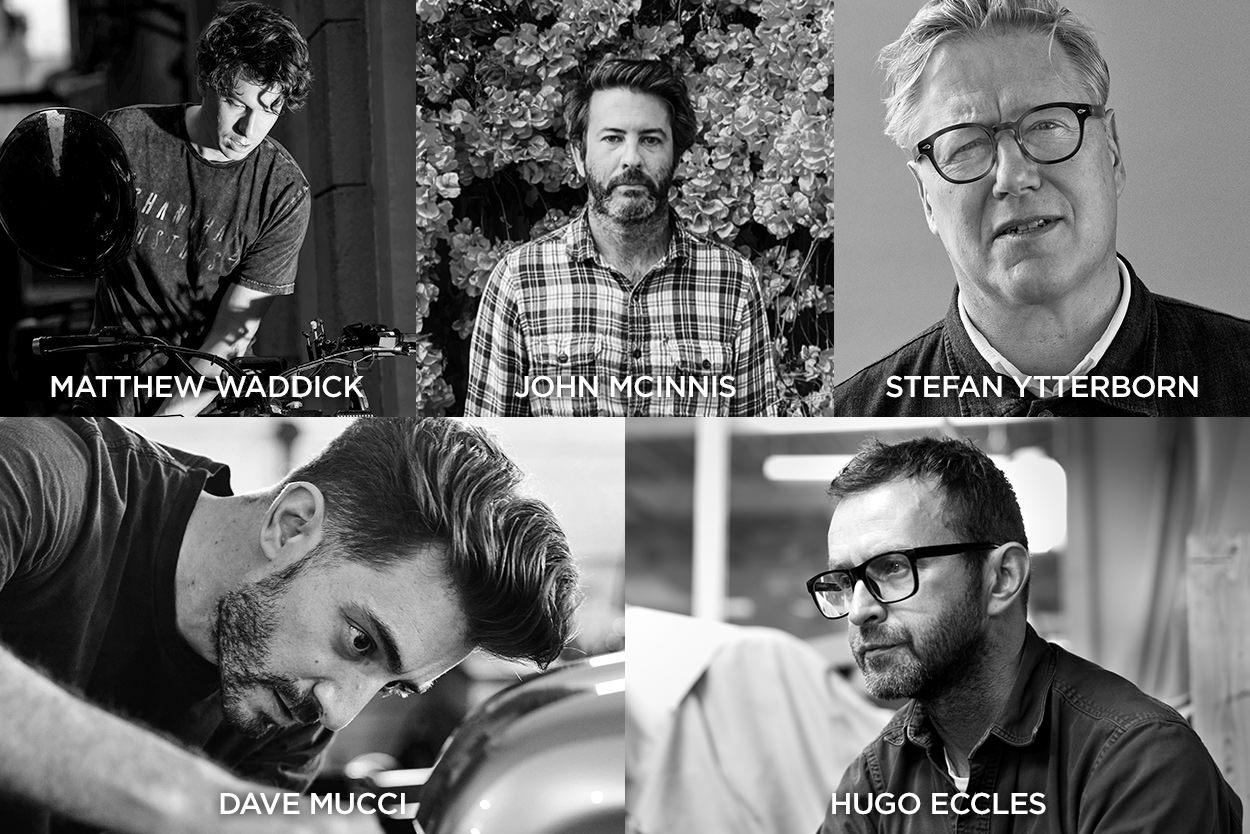
Our panel includes Dave Mucci, one of the most gifted industrial designers and custom motorcycle builders we know, and who is now senior designer at Zero. It also includes ex-Alta designer turned senior industrial designer at LiveWire, John McInnis, who has a sharp eye and an ever-fresh perspective.
There’s also Hugo Eccles, the U.S.-based half of Untitled Motorcycles, who is a design professor and an industry consultant with a number of tasty projects under his belt and in the works. Joining them are Matthew Waddick, who just launched his own electric motorcycle company, Switch, and Cake founder and CEO, Stefan Ytterborn.
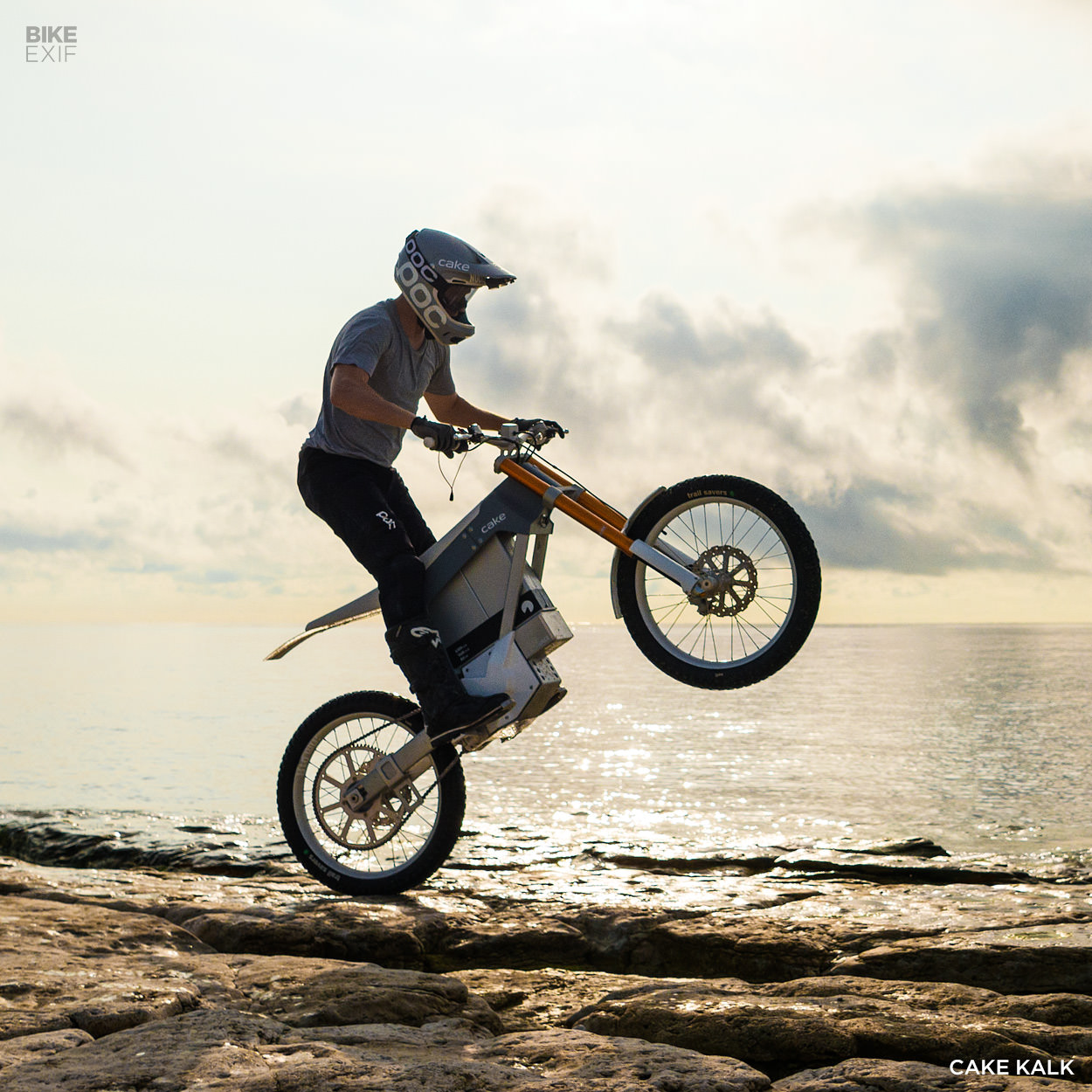
Currently, what are the biggest hurdles to the growth of the electric motorcycle market?
Stefan Ytterborn: The main hurdles are related to a general lack of maturity. From a user perspective, changing the attitude from the current motorcycling market and its attributes, developed through decades, is a tough one. With the love for the smell of gasoline, noise, and relative complexity, accepting something that’s pretty much the opposite doesn’t come easy.
It’s also important to underline that they are two completely different animals; trying to replicate and copy the character of a gasoline bike is not the way. Optimizing a two-wheeled motorized electric vehicle in conjunction with its constitution—the result is a unique and different riding experience. Society and lawmaking is a different story, being far behind the rapid development; in some countries and states, you can’t even register an electric motorcycle.
![]()
John McInnis: The most obvious hurdle is the cultural aspect, which is largely due to age demographics and what you grew up with, and I think that will exist until the last generation to use gasoline is gone. This is merely anecdotal, but I personally know a far greater number of people that are older than I am that are resistant to EV adoption than younger folks. However, having witnessed it firsthand, it is pretty entertaining watching someone’s mindset shift in real time as they demo an electric motorcycle for the first time.
The other huge hurdle is range. It’s scary thinking about where you’re going to get your next charge-up from if you can’t refill down the street. I will say, having made the shift myself, it does take some getting used to. I have absolutely forgotten to plug my bike in and ended up in a bad spot in the morning.
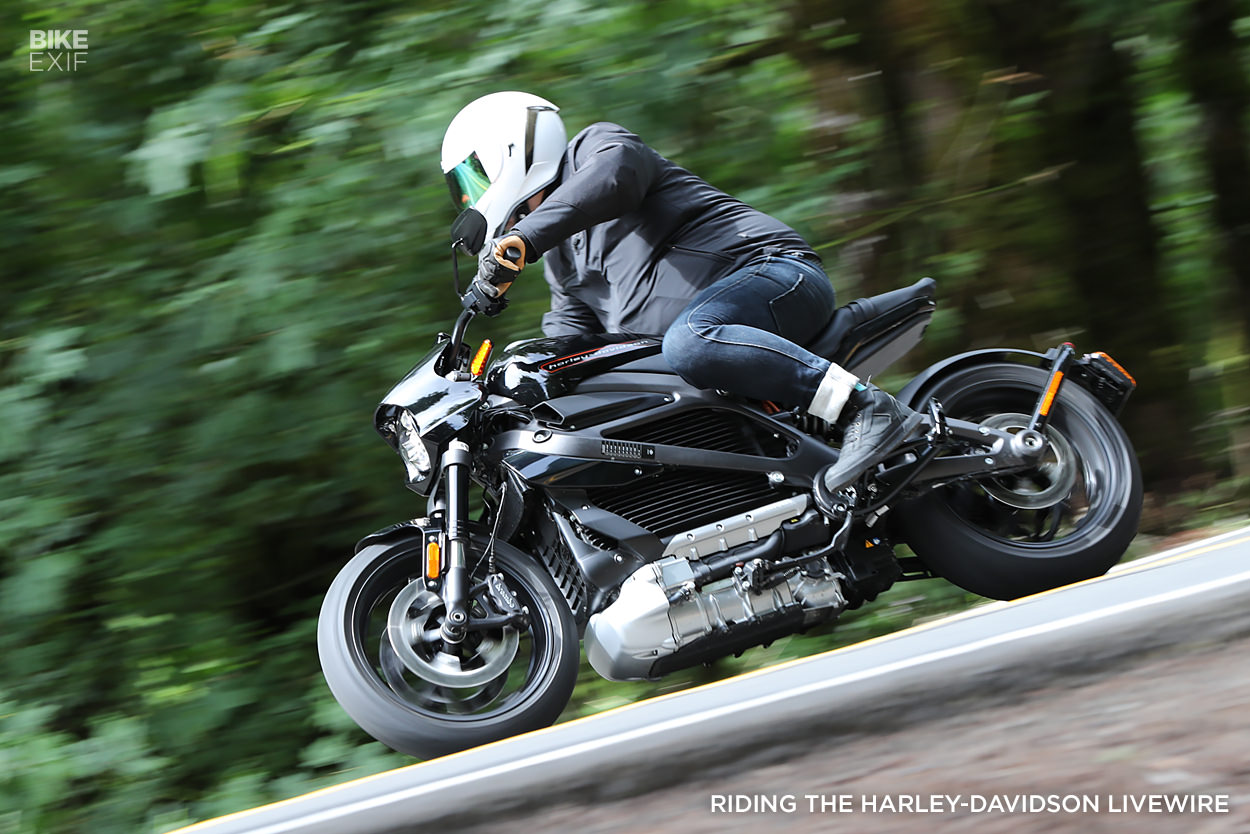
But level-three DC fast-charging is also making electric motorcycling far more accessible than it was even just five years ago. I’ve done 136 miles on a LiveWire, DC fast-charged back up to 80 percent in 35 minutes, and rode another 80 miles. No, it won’t make it to Sturgis, but for most of the riding I do, that’s pretty dang good. Imagine what we’ll be able to do in another five years.
Matthew Waddick: The costs of electric motorcycles are too high, and the electric motorcycle market—and the motorcycle market in general—is significantly smaller than widely perceived. There are many obstacles and barriers to entry, including the high costs of production, a lack of understanding about getting a bike to market, design development and product issues, plus supply chain, sourcing, and manufacturing issues. That all makes it hard to produce a bike for a reasonable price.
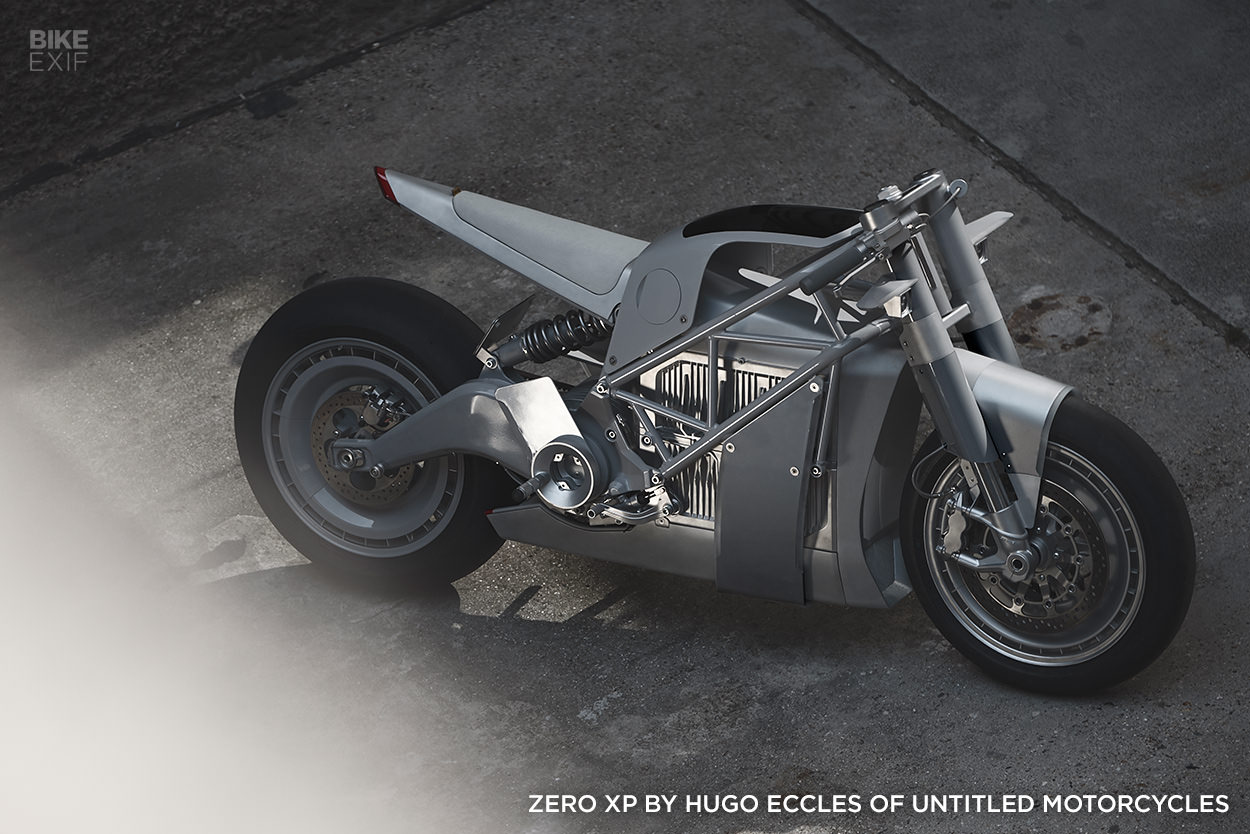
Hugo Eccles: There’s a hesitancy among some current riders who think going electric means giving something up. Range anxiety is a great example. For the majority of riders, it’s a non-issue. For the rest, improvements in things like battery technology, charging technology, energy density, and infrastructure will make it a non-issue. As more people become familiar with the technology and the different experience that electric can offer, we’ll see whole new audiences get onboard, and I think the growth will be explosive.
But there’s some onus on motorcycle manufacturers here, too. They have to resist the tendency to do what’s always been done, and show their customers what, up until now, we could only imagine. The motorcycle industry is entering one of the most consequential disruptions of transportation in history. With the first new propulsion technology in 130 years, we have an opportunity to reinvent the category, engage new audiences, and reinvigorate the industry.
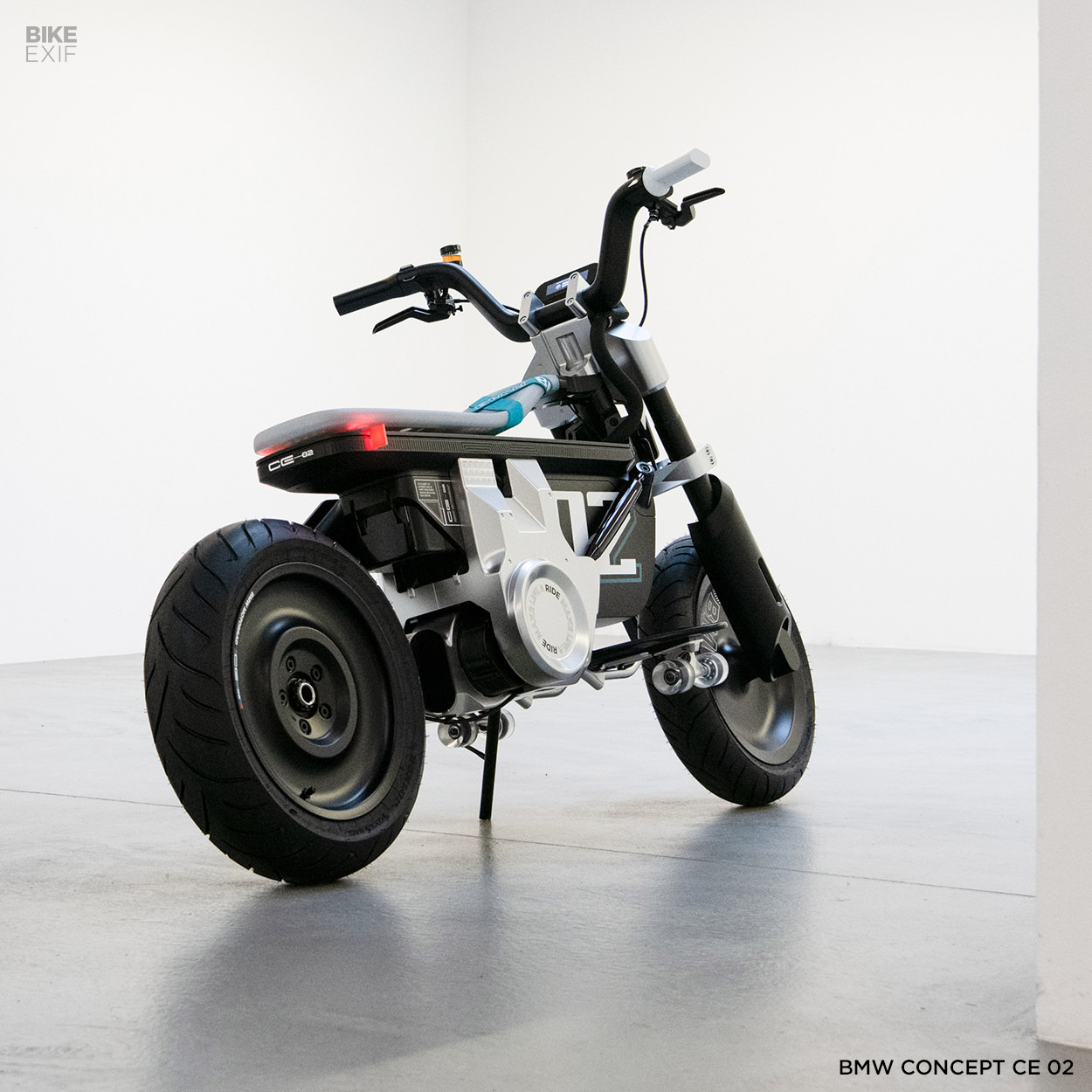
Dave Mucci: The biggest hurdles are cost, range, and weight. Right now it costs OEMs in the ballpark of two to three times for an electric powertrain over an internal combustion motor. That drives the price of the vehicle up, and it’s why so many companies have struggled to turn a profit in this segment.
Do you match prices for the category and sacrifice margin, or do you build a super expensive bike and only sell a handful to the high rollers? That powertrain cost comes down to volume; the bigger the order you place with the factory, the cheaper each unit is. As more people start adopting a torque-centric lifestyle, the more affordable it will become.
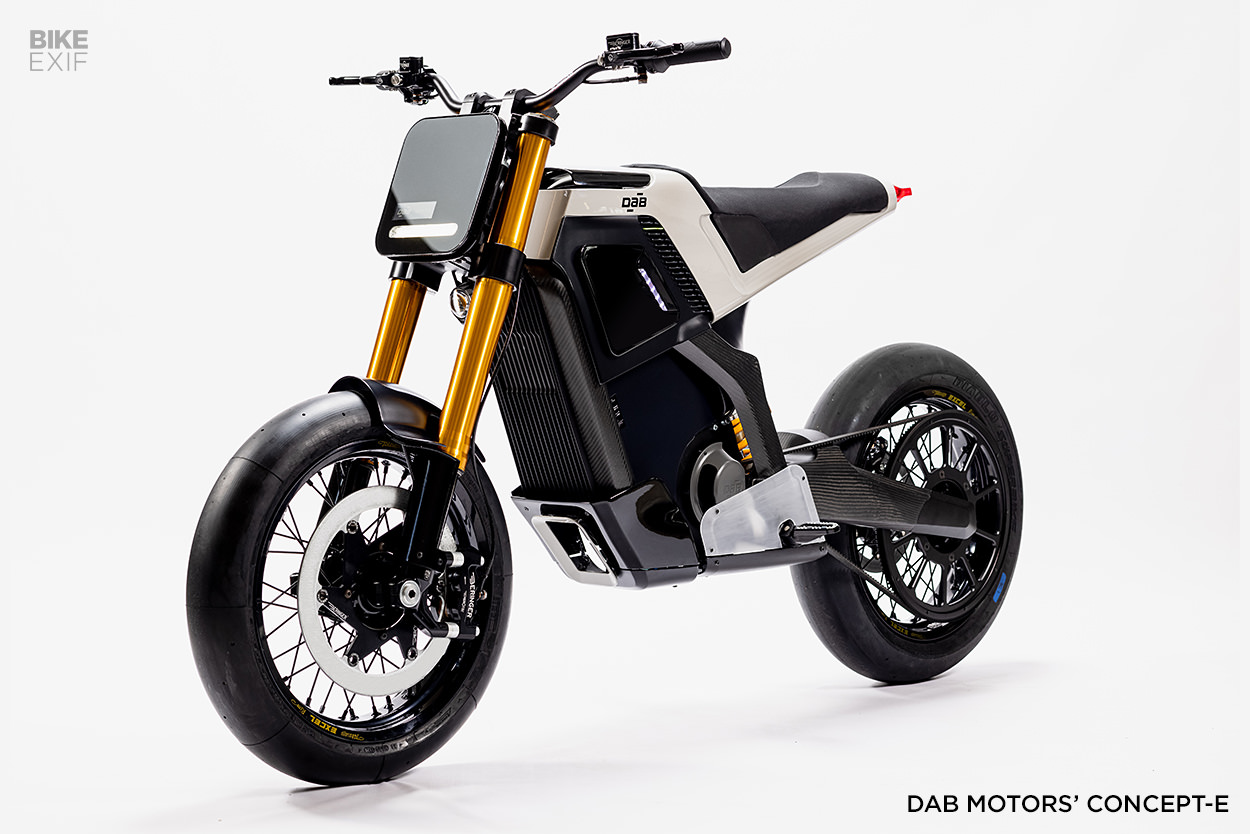
The other hurdle is weight versus range; the bigger the battery, the farther you can go, but at the cost of weight. With current lithium-cell technology, the “range per pounds” just doesn’t match up with gas bikes, but that could change with solid-state battery technology. It’s still in its infancy, but cells have been developed that are half the size of current lithium cells and store 10 times the capacity.
Let’s say you have a 500-pound bike with a 200-mile range carrying a 14kW battery, and you make the switch to this new solid-state cell. That 14kW battery now weighs about 150 pounds less and is half the size, which in turn gives heaps more range. That kind of advancement could lead to motorcycles that are lighter and more powerful than we’ve ever seen.
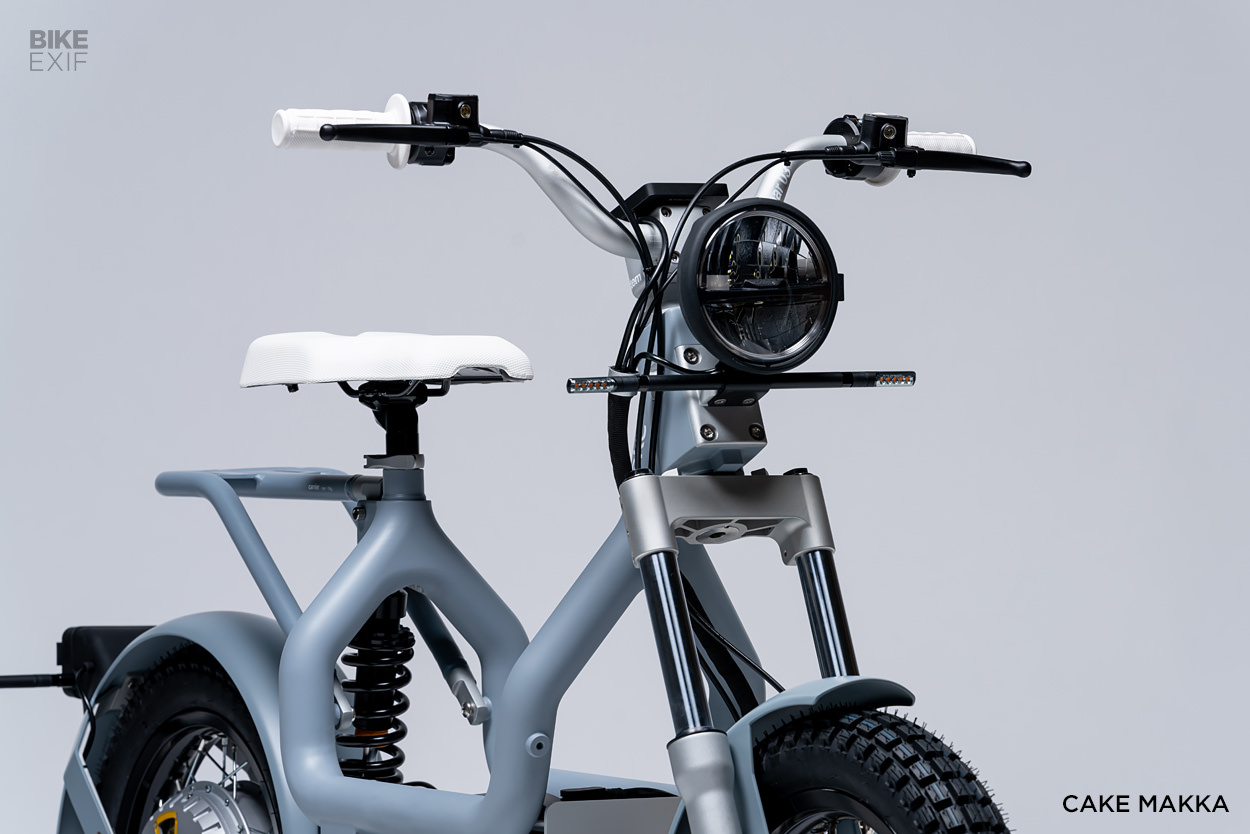
Will electric bikes ever become mainstream?
SY: Yes, it will become one of the most frequently used vehicles for short-haul urban transportation.
DM: Yes, absolutely. Will they entirely replace gas bikes? I hope not, but I imagine that will be in the hands of future generations who grow up creating memories with electric vehicles at a young age. I’ve almost exclusively owned vintage carbureted bikes over the past 12 years of riding. My mindset was that noise and character are motorcycling, so how could an electric bike ever hope to compare? Then I got an hour on an electric bike and realized that the flaw in my mindset was thinking they were comparable—it is a completely different experience.
I had this inner identity attached to who I was when I was out on one of my gas bikes. In the gas bike world there’s a lot of emphasis put on being heard or seen, whether for safety, personal expression, or just straight up vanity. On the electric I found myself in a familiar position on a familiar shape, but now I was silent. My internal identity shifted from vintage motorcyclist to stealth operative on a mission to thrash as hard as possible without being detected. Or obnoxious.
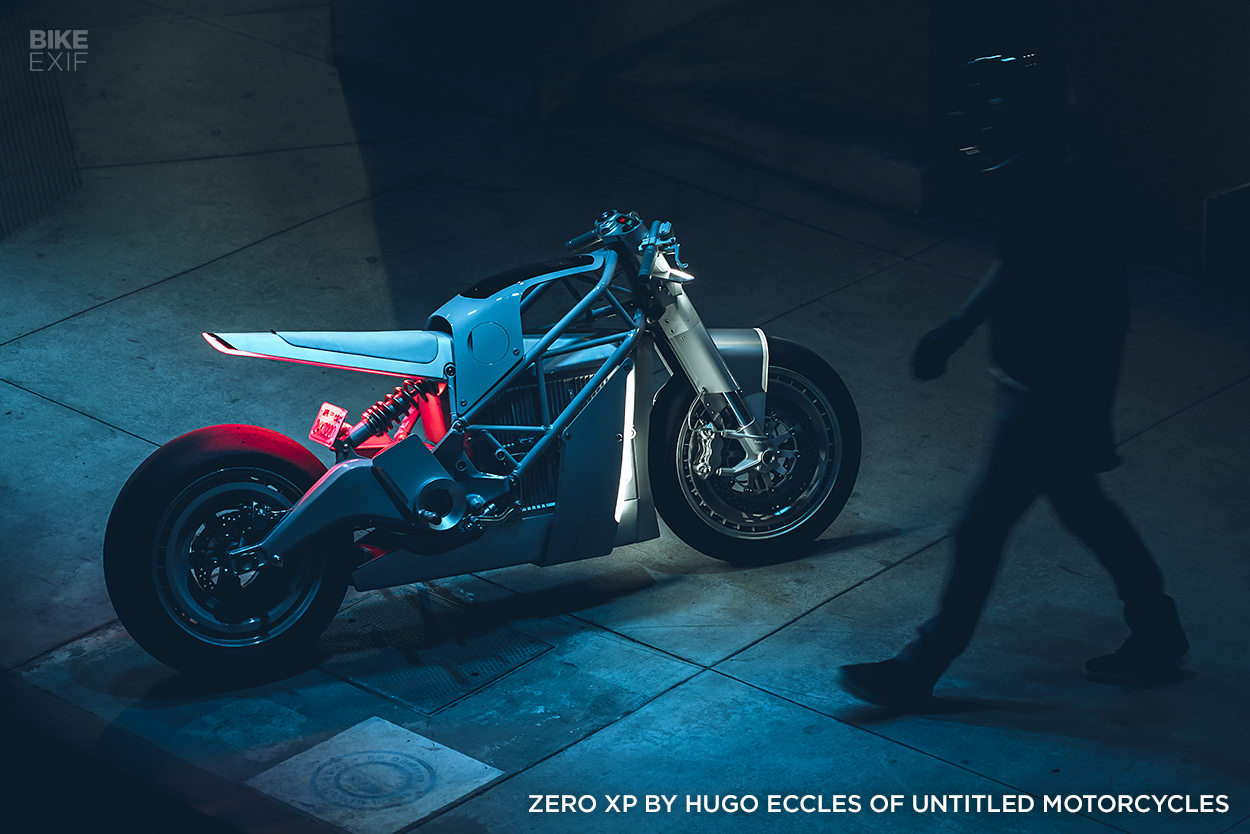
HE: Unequivocally, yes. The climate crisis is real and humans are responsible, and we must make changes to avoid more catastrophic damage to the environment, which will adversely affect everyone’s quality of life. If we want motorcycling to continue to exist, we must abandon combustion engines. In 2030 we’ll see the end of gasoline vehicle sales in Europe, and California will stop selling gas-powered vehicles in 2025.
Is electric propulsion the future? While it’s difficult to categorically state that electric, specifically, is the future, we can categorically say that gasoline isn’t. Electric may end up being a bridge technology, but it will play a critical role. There’s a reason all motorcycle manufacturers are currently developing electric platforms—some overtly and some covertly. Nobody wants to be left behind.
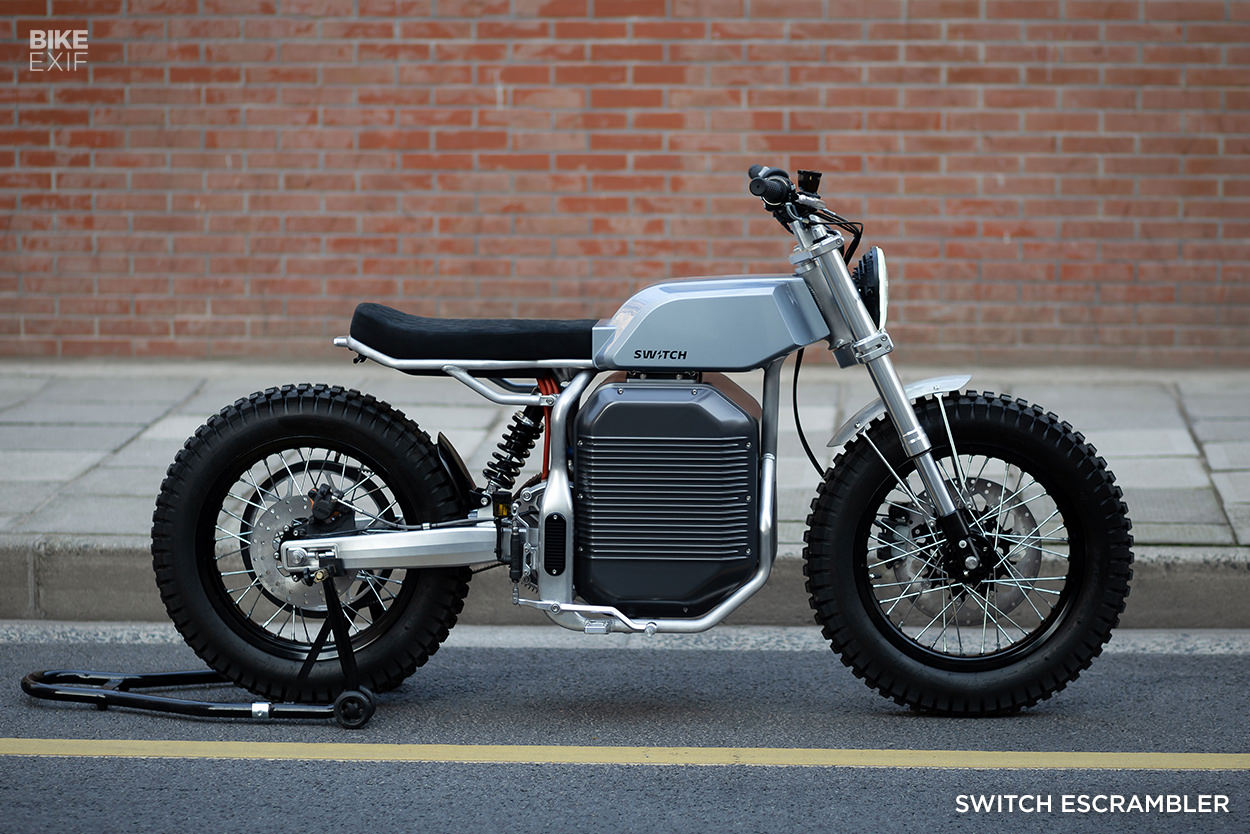
MW: I think they will, but it will be driven by governments and regulations; I have a long list of bans and incentives on file. Electric bikes will be there, but until forced, they will always be city or secondary bikes.
JM: I think depending on where you live, they either are, or they’re just about to be. And when I think “mainstream,” I’m not considering that they’ll replace ICE bikes, but that we’ll just see them with similar frequency. I live in the San Francisco Bay Area, so I might have some rose-colored glasses on, but I see Zero, Energica, and LiveWire motorcycles commuting on the freeway almost daily. In the sense of replacing internal combustion bikes as the more favorable option for the majority of riders for daily use, I think that will happen in our lifetime, if not the next 10 to 15 years.
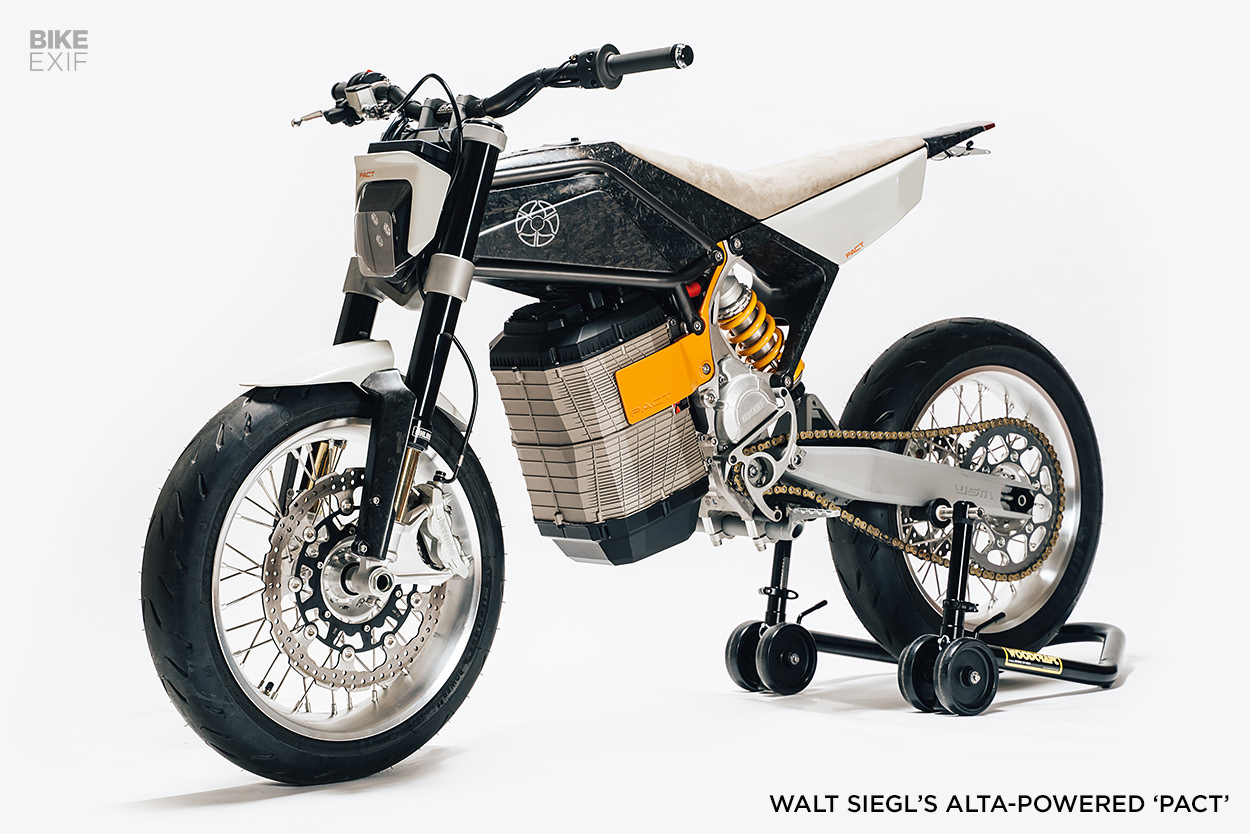
What impact do you think the rise of electric vehicles will have on the custom scene?
MW: It already is having a big impact, creating a whole new platform. EVs are actually more fun to build from a custom perspective—so clean—and they force builders to move away from the cut-and-weld-style builds to a more advanced approach to custom design and development.
SY: To some extent the easiness of customizing an electric motorbike versus a combustion one will probably accelerate the interest. Dynamics and customization from a functionality perspective was always deliberate in the design of our bikes—and also promoting the idea of individual add-ons.
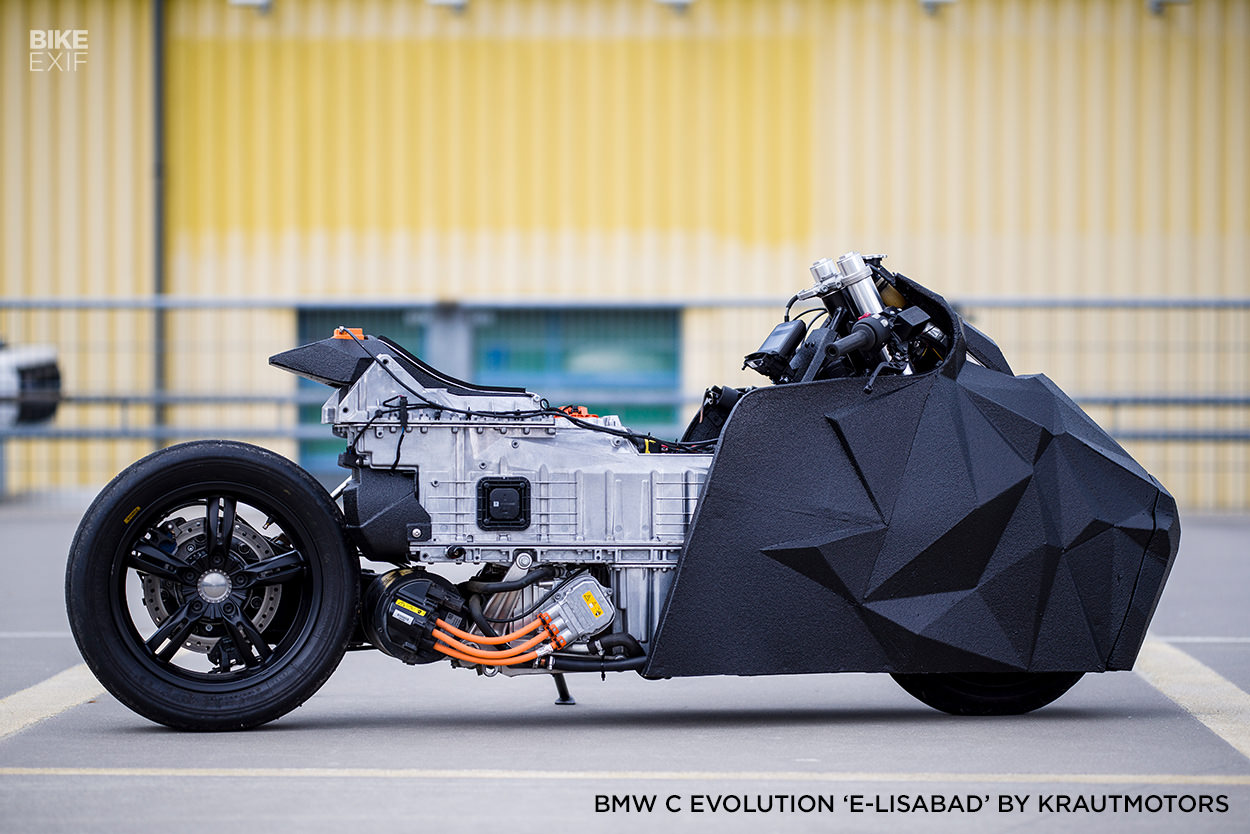
HE: I think we’ll see interest in custom work grow as new riders are brought into motorcycling through electric, especially with younger generations who are used to on-demand products and deeply personalized experiences. While it’s my hope that manufacturers will make the most of the opportunities this new technology brings, I suspect that some will swap batteries for combustion engines and call it a day. And when they do, custom designers will be ready to meet the need for an electric motorcycle that lives up to the modern consumer’s expectations.
I also see an unprecedented opportunity for manufacturers and custom designers to work together to evolve the industry. Established motorcycle manufacturers are being challenged by disruptive start-ups. These incumbent brands, hampered by legacy or an entrenched design language, are struggling to escape their own orthodoxy and respond to the challenge of electric. Custom designers think and work outside of these constraints, which puts them in the perfect position to challenge the status quo and push the vision further.
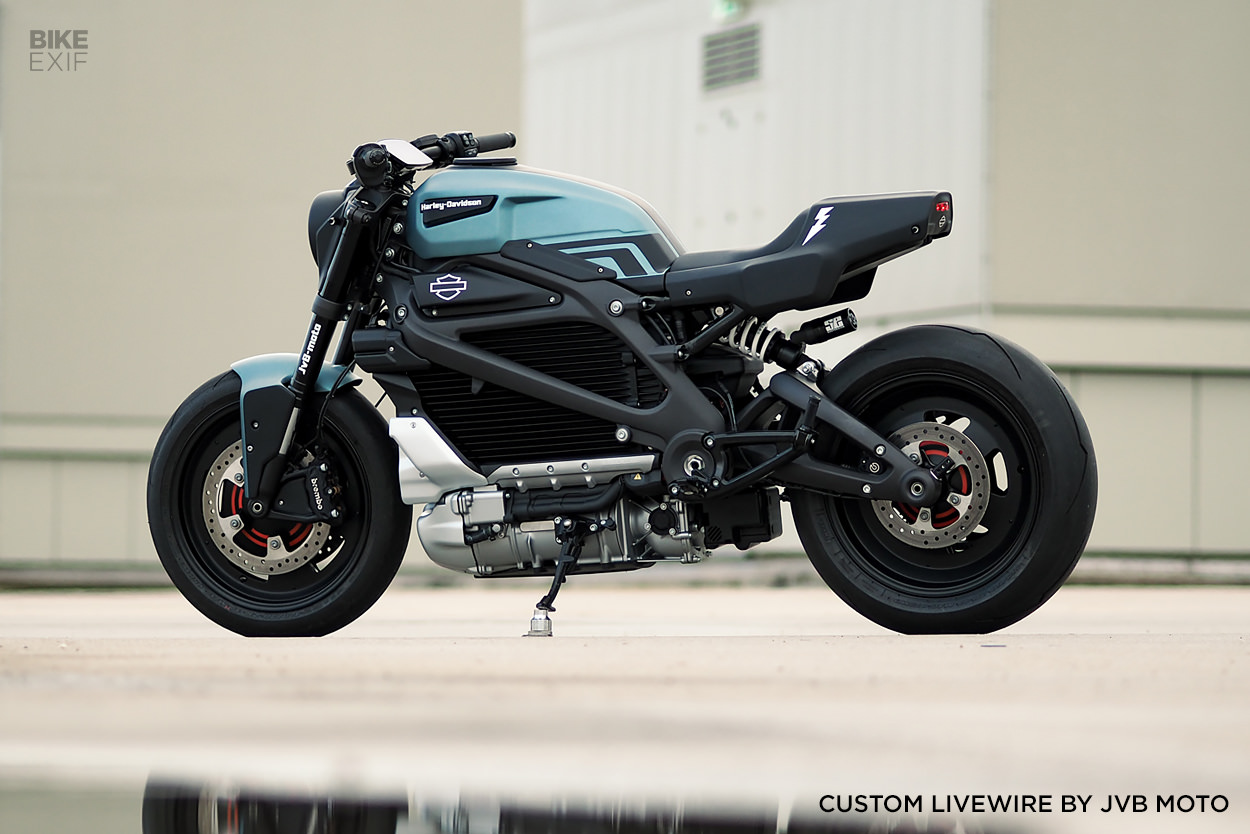
JM: I think given what we’ve seen so far in the scene, the electric motorcycle will not hinder the creative spirit of current and future custom motorcycle builders. Part of my mission while at Alta Motors was to get out in front of this with the customs that we did—both before and after closing the company doors. I wanted to showcase the versatility of the platform, as well as break the ice by ripping one of these robots apart and making something different with it. There’s actually a bit more freedom for expression when customizing an electric motorcycle. It’s a big electric drill on wheels—go have fun with it.
DM: Hackers will be the new hot-rodders. The administration of power is done digitally, so those who know code will have immense tuning flexibility compared to gas engines. I’m really looking forward to seeing the state of the custom scene down the road, when today’s technology can be picked up at the salvage yard for a few dollars, and everyone has their own mini-manufacturing plant at home in the form of rapid prototyping machines. Mad Max and Tron are about to collide, and I’m into it.
Featured above: Electric flat tracker by Blatant Moto, Zero XP by Untitled Motorcycles, Concept-E by DAB Motors, eScrambler by Switch, PACT by Walt Siegl, E-Lisabad by Krautmotors, and JvB Moto’s custom LiveWire.
With special thanks to our panel of guests | Article originally featured in Iron & Air Magazine. Subscribe here.
